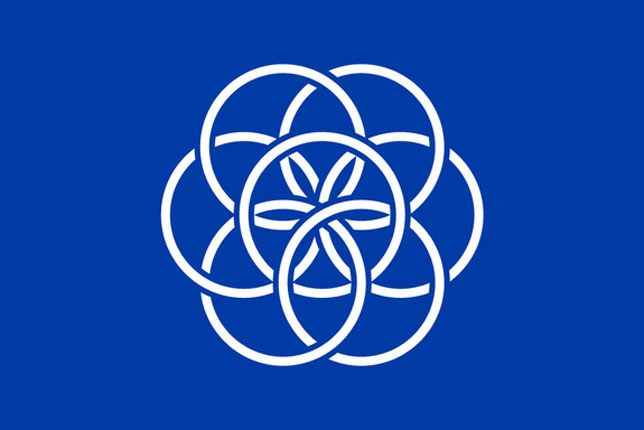Aquí hay otra herramienta de Google basada en inteligencia artificial que está empezando a sorprender. Se llama PlaNet y lo que este programita esta aprendiendo a hacer es reconocer cualquier lugar del mundo con solo ver una foto. No, no necesita GPS. Si, necesita conexión a internet para consultar su base de datos, lo que le quita un poco el chiste (pues si depende de internet podría igualmente usar el GPS).
Aún así me sigue sorprendiendo como puedes hacer a un programa aparentemente omnisciente, mucho más capaz en algo de lo que cualquier persona podría, si lo alimentas con suficiente información como Google lo hace. Los millones de datos -o de imágenes en este caso- con que alimentan diariamente a este programita harán que PLaNet pronto conozca localidades de todo el mundo como la palma de su mano y con solo ver la totalidad o pare de ellas. Y lo va a hacer mucho mejor de lo que cualquier viajero o grupo de viajeros podrían viajar y conocer en varias vidas…
In case you didn’t already feel like Google was a creepy stalker, its artificial intelligence tools are rapidly crossing over into uncanny. The latest one is PlaNet, a new deep-learning machine that specializes in figuring out where a photo was taken—using nothing but the image’s pixels.
Today, MIT Tech Review reports on a new effort led by Tobias Weyand, a computer vision specialist at Google, to create a computer that sees a photo and can instantly figure out where in the world it’s from. The system was fed over 90 million geotagged images across the planet, and trained to spot patterns based on location.





